The education system in Australia is typical of developed countries. The structure is the same, but the principle of organizing the course depends on the territory or state. However, everywhere the government is involved in securing and regulating public and private schools. Universities are supported at the federal level. It is important to note that primary and secondary education in this country is mandatory. This course lasts 12 years. That is, in short. But, since the topic is interesting, it is worth discussing it in detail.
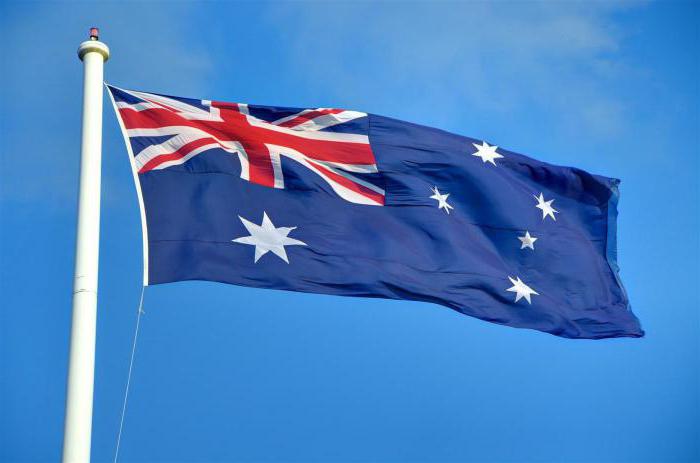
First stage of training
This is, of course, pre-school education. It is not regulated by law and is not binding. Most often, the children of this country begin to prepare for school at home or in specially designed development clubs for the smallest.
However, there are exceptions. In states such as Queensland and Western Australia, all children receive pre-school education because it is included in the primary school curriculum. The institutions that provide it accept children from 4 to 6 years old. According to statistics, the vast majority of children (87.5%, to be more precise) attend the notorious development clubs and kindergartens. Most often, parents take their child there a year before entering school.
About training and cost
As you can understand, the system of early childhood education in Australia is very simple in structure. What are the principles of learning? For five days, educators of preschool institutions conduct classes for children, which last for several hours. The training cannot be called particularly filled. Australians send their children to pre-school clubs early - at the age when active mental activity, in principle, is not possible. Therefore, the emphasis is on conducting classes that help kids show their originality and imagination. This is drawing, modeling, reading
What about the price? One day in a specialized kindergarten costs about 20-50 continental dollars. At the same time, the state provides each child with a security called "Child Care Benefit" in the amount of $ 122. Families with two children are given $ 255. And for people who have three young children, $ 398 is allocated. In addition, fixed weekly payments of $ 20.5 are made.
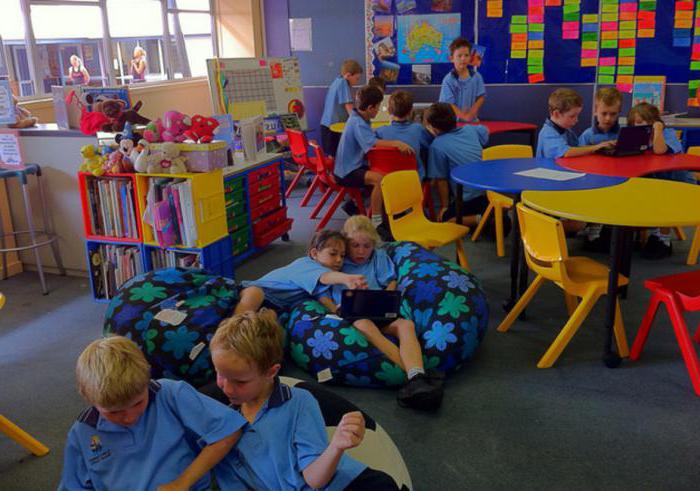
Features
A more detailed analysis of Australia's early childhood education system should be done. And start with a description of the "classic" kindergartens. These institutions work from 7:30 to 18:30. If before closing parents do not take the baby, then the hostess takes him home with them. But there is a huge penalty for this. By the way, in kindergartens the most tolerant attitude towards kids. If the child does not know how to use cutlery or a toilet, does not speak English, he will never be scolded, but will be taught this (and only after obtaining permission from the parents).
In Australia, there are so-called Family Day Care, that is, family kindergartens. They are organized by women who have completed specialized courses for the care of babies. They take 4-5 children to their guardianship. Kids attending Family Day Care demonstrate the best academic success due to the fact that the team is small, you can choose an individual approach to each child and pay enough attention.
Finally, we can note the attention of the nanny service. They also relate to the pre-school education system in Australia. Few resort to them, since experts charge 6-10 dollars per hour.
Schools
Their visit without fail implies the education system in Australia. Children go to primary school at the age of 5-6 years, and then go to secondary school at 13-15 years old (you can’t say for sure - it all depends on the state and territory). About 65% of children study in state institutions. Another 34% are in private and Catholic schools. The remaining percentage of children study at home. This form of education is enshrined in law, and is practiced mainly by residents of rural areas.
Education in public schools is absolutely free. But parents pay school uniforms, textbooks, stationery, and trips to camps for their children. However, it takes only ~ 315 dollars annually. By the way, the vast majority of students wear uniforms. That's just not a single sample. Schools set their own standards.
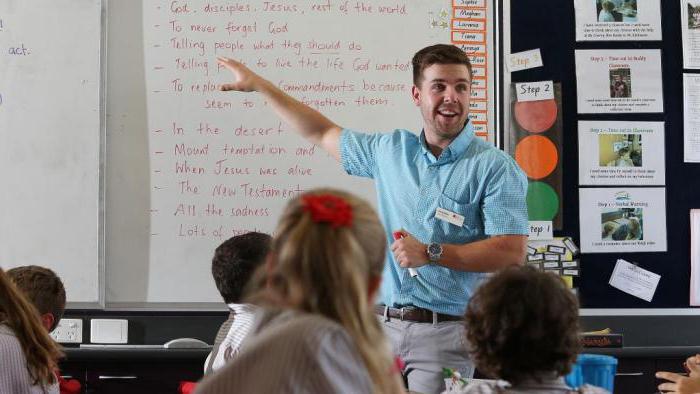
About Inclusion
This nuance also cannot be ignored. The system of special inclusive education in Australia is developed, as in any other state. At present, approximately 6.7% of children in state primary schools of the country have developmental peculiarities. And for them, special “support classes” with a corrective approach have been created. But if children and their parents are in favor of studying in a regular group, then their desire is fulfilled.
The specifics of schooling
Classes at these institutions begin in January and end in December. The school year is divided into quarters, as elsewhere.
In the elementary grades, children are given the basics. In the lessons, little students listen to what the teacher reads to them, learn to read and write, draw, and also gain basic mathematical knowledge. Homework is given out for a week. At first it is easy for children, but then the load increases. The program adds the study of English and a foreign language, advanced mathematics, exact and natural sciences, physical education, the basics of choreography and religious studies (optional).
When moving to high school, children choose their specialization. This implies attending further classes in those subjects related to activities with which adolescents plan to associate their future.
I would like to note that in high schools in Australia, narrow-profile training is organized in several subjects pre-selected by children. Already at this stage, teenagers are preparing to enter a university or college. The last years at school are extremely important, since at the very end children pass exams. Ratings decide their future. After all, upon admission to colleges and universities it is only necessary to provide them. There are no entrance exams here.

What else is worth knowing?
As you could already understand, schooling in Australia is different from our usual system. There are several more nuances that can be noted by attention.
So, vacation. In winter, in December-January, they last 6 weeks. This is a break between the previous course (class) and the upcoming one. The next vacation lasts 2 weeks. They fall in April / May, and are always tied to Catholic Easter. There is also a summer vacation lasting 14 days from late June to early July. In the fall (fall in September-October) also allocated 2 weeks.
The territory of the Australian school is more like a park. It houses several compact buildings, 1-2 floors high. These are separate blocks, which include several laboratories and classes. Also on the territory there are necessarily several sports grounds (one for the smallest), a football field, a library, music rooms, recreational and dining areas.
Classes last for an hour and a half. A school day does not last more than 6 hours. As a rule, there are two changes. Each - for 35 minutes.
Naturally, the education system in Australia, as in any other state, involves grades. But on an alphabetic scale. “A” is the highest score (the equivalent of “five”), but “E” is the lowest. Student knowledge is tested through tests, essays, and quizzes.Twice a month, meetings are held - at which children prepare performances of various kinds, dance and music numbers, as well as speeches.
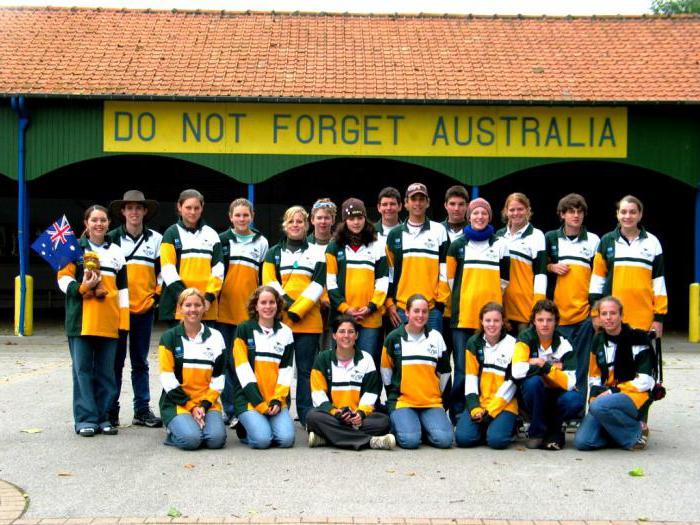
Release
To attend university in Australia, a teenager must pass the final exams at school and pass a state test. For this, several voluminous works are written in each subject.
Upon completion of the last class, future applicants receive an Overal Position score. It is he who demonstrates the level of training of the graduate. The best result is Overal Position-1. For example: in Queensland at the moment they can only boast of 4% of graduates. OR-1 is a pass to any university or college in the country. With the PR from 2 to 5, you can also enter good universities, but not all specialties. In principle, it’s realistic to go to an unpopular university even with OR-16.
If a student wants to go to a prestigious university, then he should still enroll in the program of prof. learning. Upon completion, adolescents are issued official certificates. And this is not only a plus on admission. With such a certificate you can even find a job. So such programs are a very nice feature of the Australian education system.
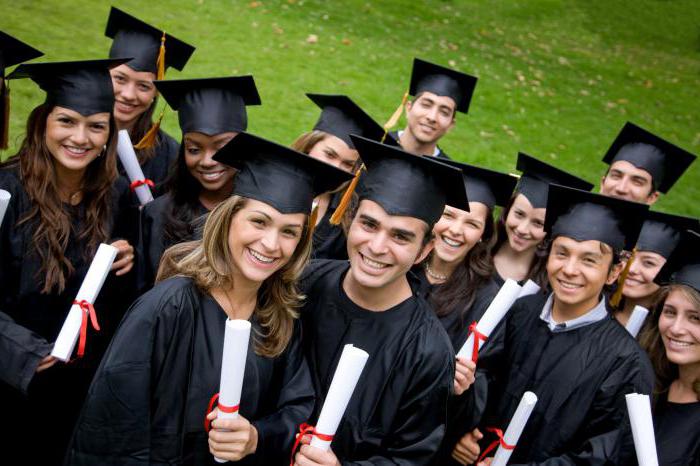
About university qualifications
They are also worth mentioning. Australia's higher education system is multistage. It all starts with a preparatory degree. This is the initial high school. To get it, you need to unlearn at a university for two years, after which a person gets the opportunity to go to undergraduate. And this is the second degree that Australia's higher education system includes. But it is worth knowing that undergraduate studies have four degrees.
The first is basic. She is issued after 3 years of study at the university. The second is a degree with honors. To get it, you need to unlearn 4 years. And for some specialties, the term is extended to 5-6 years at all. At the end of the course, a scientific research paper is required.
The third degree is called combined. It is issued to graduates of universities, in which training courses in two related specialties operate simultaneously. For this, one has to learn another extra year.
The last step is the postgraduate bachelor's degree. It is assigned to people who have graduated from high school and have taken advanced training courses. This applies to the specialties of the field of construction, medicine, law, architecture, etc.
Further steps
The above qualifications are incomplete. After the notorious degree is a postgraduate certificate. To get it, you need to unlearn another additional semester after receiving a bachelor's degree. The area that is associated with the first formation is selected.
The next step is to obtain the so-called Graduate Diploma. This is a graduation certificate. It is awarded to a person who has passed two more semesters of full-time study of his specialty after receiving a bachelor's degree. Often, Australians continue this training to gain practical experience.
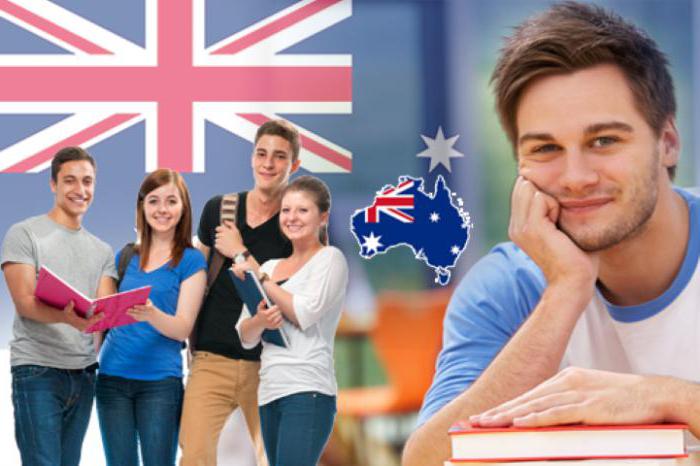
Higher degrees
Although many are not limited to certificates and study for a master's degree. It takes 1-2 years, depending on the specialty and the student’s education. It is important to note that a master's degree can be of two types. The first is Master Degrees by coursework, that is, a Ph.D. This title is awarded to a person if during the year he conducted research work corresponding to his specialty. Often, it ends with a written opinion designed to take stock.
The second type of master's degree is Master Degrees by Research and Thesis, that is, an assistant professor. This degree is awarded only after a person has provided written research work. The process of its creation also usually takes a year.
But the longest process is obtaining a doctorate, because it is considered the highest scientific qualification.But it is awarded only to those people who for 3-4 years worked on the creation of research work. In addition, it should make a significant contribution to the development of a particular science, or even contribute to some kind of discovery or approval of a new method.